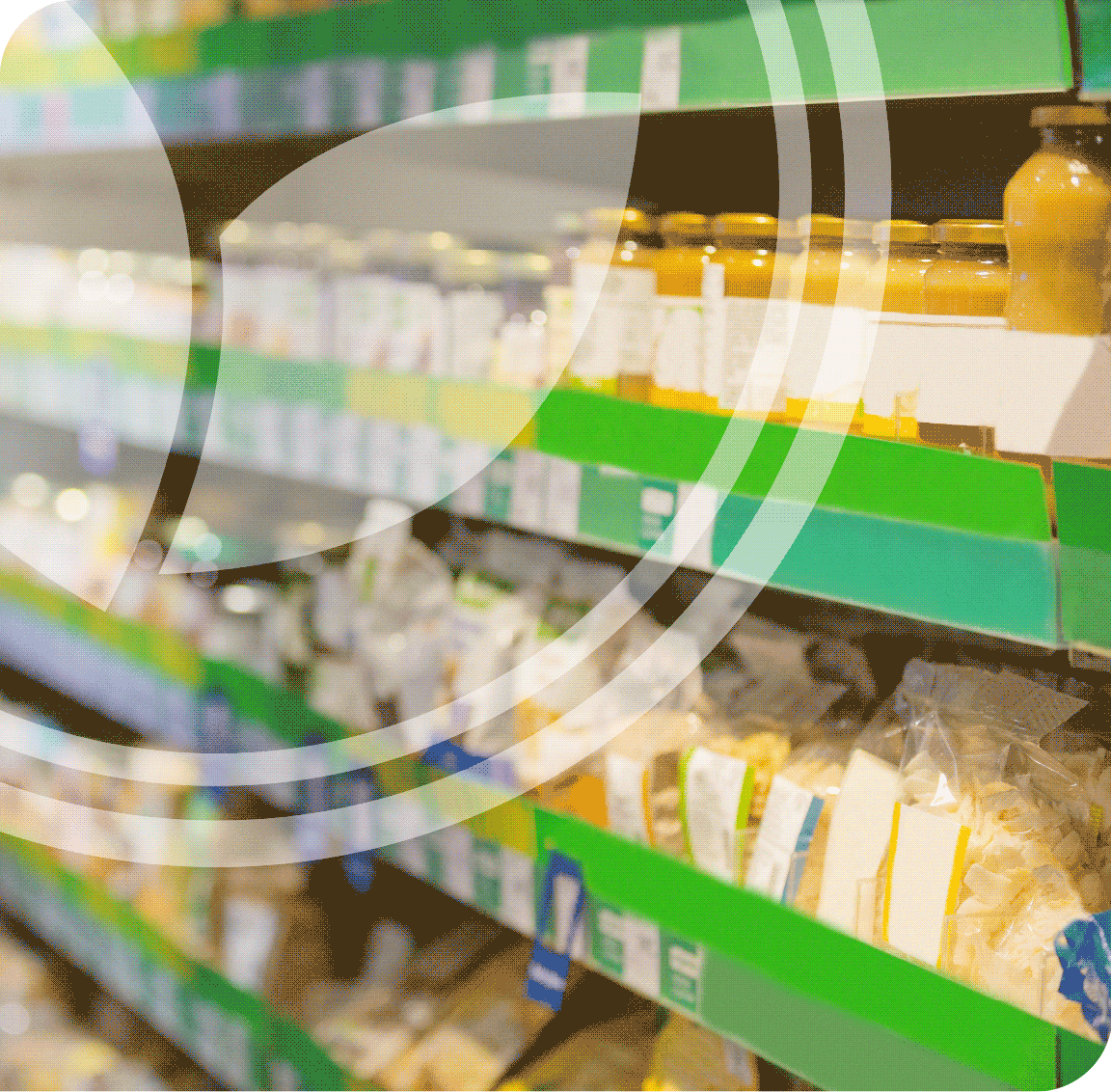
A primer on clean label ingredients to help brands bring simple foods that nourish to the table
Free-from, fresh, familiar. Organic, simple, transparent.
Food is more than what we eat or drink—it is a sensory aspect of our lives, an experience we create when we begin and end each day at home caring for ourselves or with our families. In an age where we are spending more time at home, food experiences have become a comfort and a reward. Knowing what goes into the foods and beverages we make or consume every day is both an art and science.
As consumers, we are paying attention to what we eat and are more particular about what is put into our bodies, or the journey our food has taken before reaching the plate. This makes it imperative for food manufacturers to clean up their labels.
What is clean label?
Clean label isn’t a defined scientific term, but rather a trending consumer phrase that the food industry and regulators have adapted to bring transparency to what’s behind a product formulation. In simple terms, it refers to making a product using as few ingredients as possible that are familiar and easier for consumers to recognize.
Many of our favorite childhood snacks and drinks were manufactured to reference natural flavor ingredients such as Berry Blue or Slammin’ Strawberry Starfruit, but the amount of actual fruit in them was essentially nonexistent. Today’s mindful shoppers are now considering labels based on health, wellness and sustainability considerations, choosing foods based on the label content with greater insight into where their foods come from and which food ingredients or additives they should avoid. Inspired and influenced by nutrition and wellness trends toward healthier lifestyles that consider a better impact to our bodies as well as the environment and our communities, consumers are increasingly seeking simpler, more nutritious foods to nourish their body and mind.


Trusting the journey from lab to table
In 2020, some 41% of Americans reported cooking more, according to research from FMI, the food industry association, in its Home Cooking in America report. This surge seemed to tap into our inner want-to-be chefs, with 35% of those surveyed having found a new passion for cooking during the pandemic, according to packaged food marketing agency Acosta in their report “COVID-19: Reinventing How America Eats.” Consumers turned to baking as a new national pastime, with sourdough bread becoming the number one most searched recipe on Google in 2020. Although not traditionally associated with healthy eating, the baking trend reveals that consumers are seeking recipes that are understandable or could be altered to suit their dietary needs by knowing what goes into the mixing bowl.
Clean label serves formulators in this way: a transparent signal that what we are consuming is better. Together, we can redefine recipes that make food a simpler and healthier experience–from bakery essentials we consider comfort and guilty pleasures to prepared meals that meet nutritional needs and ease worry over what’s for dinner.
"Our role as scientists and formulators is shifting to bring more transparency to the process so consumers can trust the journey of taking food ingredients and innovations from the lab to their table. Formulators and brands have an opportunity to provide the freshest ingredients formulated to fit a clean profile, keeping health, nutrition and wellness at the core of our food experiences."
Consumer demands for a cleaner label
Using natural ingredients to extend shelf life
At the shelves, consumers are very clear about what they’re looking for, and they’re willing to pay for it. According to recent survey results from product data company Label Insight, 39% of U.S. consumers say they would switch from the brands they currently buy to others that provide clearer, more accurate product information. Additionally, 73% of consumers surveyed by Nielsen say they feel positively about brands that share the “why behind the buy” information about their products. And what’s more, 68% say they’re willing to pay more for foods and beverages that don’t contain ingredients that they perceive are bad for them. In some cases, consumers are more interested in knowing what’s not included than what is included in the products they buy.
In fact, 53% of consumers say the exclusion of undesirable ingredients is more important than the inclusion of beneficial ingredients. This survey data point comes to life when looking at foods that contain antioxidants. We could all agree that antioxidants are functional and beneficial to consumers, but when looking at foods and beverages that are free from artificial sweeteners, they’re outperforming calorie-free products with antioxidants. This example clearly shows that the consumer desire for “free-from” products influences their purchasing behavior even when functionally beneficial ingredients are present. Formulating with plant-based antioxidants like NaSure® gives brands a natural choice to protect against oxidation while meeting the growing consumer demand for a cleaner label.
Some of the most well-known brands are now boasting no added nitrates, nitrites or other artificial preservatives. Another strategy for getting closer to consumers’ clean-label desires comes with replacing chemical preservatives with high-quality natural preservatives.


Maintaining texture in non-GMO ingredients
Organic brands have potential to grow their audience during the pandemic by emphasizing their nutritional value and clean ingredients lists. Perception that organic foods are healthier than conventional products is the leading driver for use among consumers. According to Mintel GNPD, food and drink product launches with non-GMO claims have risen steadily in the past five years, indicating brand awareness that consumers are seeking this attribute. Additionally, many organic products are taking the steps to add non-GMO label claims and even certifications to their products, even though organic certification should technically negate the need for this.
When it comes to starches, there must be a balance in process tolerance and functional performance with other key factors like sensory and consumer acceptance. Although clean label is the goal, functionality is key. With label-friendly functional starches, like Cargill’s SimPure™ starches, formulators can leverage the unique properties of a variety of botanical sources to address some of today’s most important texturizing challenges. This functional starch line offers consistent performance, comparable to modified starches, with little to no reformulation. The Non-GMO Project Verified starch is ideal for various applications from bakery to prepared foods and more.
Innovating for clean label brands
A clean label convinces consumers that they are choosing the best foods on the market to nourish and sustain a greater wellbeing. At Univar Solutions, our food scientists and formulators are meeting today’s demands for cleaner, more sustainably sourced and naturally derived ingredients while fostering the environmentally conscious brands of tomorrow.
As our innovation in the lab keeps pace with the clean label market trend, Univar Solutions is working closely with our partners and food brands to deliver a simple ingredient line formulated to for conscious consumers who expect to know what’s behind the packaging. Our full portfolio of high-quality ingredients are easily recognized as healthier or more naturally derived choices.


Access your SDS now through your account. New customers can request one here.


 EMEA
EMEA Latin America
Latin America North America
North America Asia
Asia